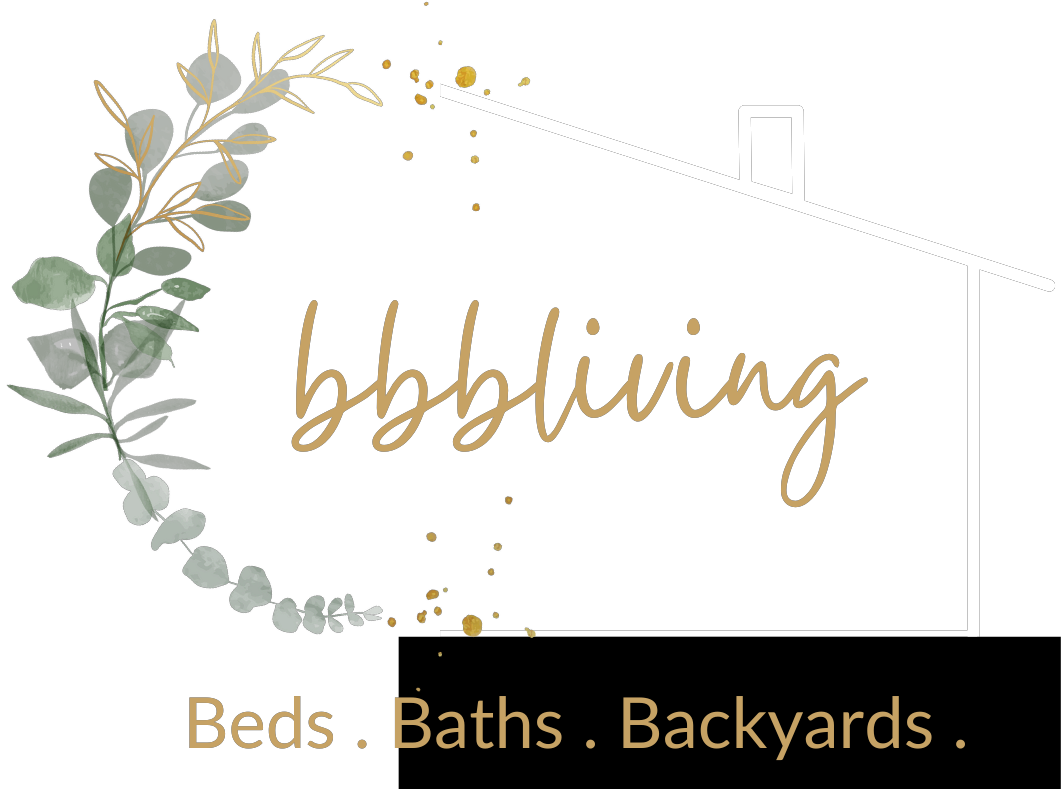For any DIY homeowner, having the right tools can make a significant difference in the success of home improvement projects and routine repairs. Equipping oneself with these essential tools not only increases efficiency but also enhances the quality of work, allowing for the smooth execution of various DIY projects. From simple fixes to more extensive renovations, knowing which tools to own is crucial for any homeowner looking to maintain and improve their living space.
Consideration of the most effective tools enables individuals to tackle a range of tasks, from minor maintenance to larger renovations. An organized toolkit can help streamline processes and foster confidence in one’s DIY abilities. Whether she’s hanging shelves or fixing a leaky faucet, having the right toolkit can turn any repair into a manageable project.
This blog post explores the top ten tools every DIY homeowner should own, providing a resource for those ready to take on home improvement with the right equipment in hand. By investing in these essential items, they can equip themselves to handle a variety of tasks effectively.
Core Hand Tools Every DIY Homeowner Needs
Having essential hand tools is crucial for any DIY homeowner. These core tools enable individuals to handle a variety of tasks with precision and efficiency. The following tools are foundational for achieving effective home repairs and projects.
Claw Hammer
A claw hammer is an indispensable tool for any DIY homeowner. Its dual functionality allows for driving nails into surfaces as well as removing them efficiently. The head of the hammer is typically made from steel, providing durability and strength, while the handle may be crafted from wood, fiberglass, or steel for added grip and balance.
When selecting a claw hammer, consider its weight and balance. A heavier hammer can drive nails more forcefully, whereas a lighter option offers better control for delicate tasks. Homeowners should keep a supply of nails on hand in order to tackle various projects ranging from framing to furniture assembly.
Screwdriver Set
A reliable screwdriver set is essential for handling screws in many home projects. It typically includes various types of screwdrivers, such as flathead and Phillips, catering to different screw designs. Adjustable screwdrivers or magnetic tip models can further enhance versatility.
Most sets come in multiple sizes, allowing a homeowner to tackle everything from small electronics to larger furniture assembly. Storage in a toolbox ensures that screwdrivers are organized and easily accessible. Investing in a quality set prevents the frustration of stripping screws and losing bits during a project.
Set of Pliers
A comprehensive set of pliers is vital for various tasks, including gripping, twisting, bending, and cutting wire. The most common types include needle-nose pliers for precision work, slip-joint pliers for overall adaptability, and wire-cutting pliers for electrical projects.
Without the right set of pliers, completing many home repairs can become tedious. Homeowners should choose pliers made from high-carbon steel for enhanced strength and longevity. A well-organized toolbox that includes pliers allows for easy access during projects.
Adjustable Wrench
An adjustable wrench introduces flexibility into any toolbox, accommodating various sizes of nuts and bolts. This tool features a movable jaw, enabling it to adjust to fit different fasteners, making it exceptionally versatile for plumbing and mechanical tasks.
When selecting an adjustable wrench, look for a model that offers a firm grip and a wide jaw opening. A good wrench should also have clear measurement markings for precision. This tool simplifies the tightening and loosening of components, making it a vital addition for any DIY homeowner.
Essential Measuring and Layout Tools
Accurate measurements and proper layout are crucial for any DIY project. Having the right tools ensures precision and helps avoid costly mistakes. Three essential measuring and layout tools include the tape measure, level, and stud finder.
Tape Measure
A tape measure is fundamental for any homeowner undertaking DIY tasks. Typically ranging from 16 to 25 feet, its flexibility allows it to measure various lengths and angles easily.
- Steel blade: A strong, durable option that resists bending.
- Markings: Clear measurements, often in both metric and imperial units, aid in accuracy.
For precise measurements, users can extend the tape to the desired length and use the locking mechanism to hold it in place. Some models feature magnetic tips for easy attachment to metal surfaces.
Level
A level is essential for ensuring everything is straight and aligned. It helps achieve the correct horizontal or vertical orientation, particularly when hanging shelves or pictures.
- Types: Common types include bubble levels and digital levels. Bubble levels use a liquid-filled vial, while digital levels provide more advanced readings.
Homeowners should choose a level that suits their projects. A standard 24-inch long level usually works best for most applications, making it versatile and easy to use.
Stud Finder
A stud finder is invaluable when hanging heavy items on walls. This device helps locate wooden or metal studs behind drywall, ensuring secure anchoring points.
- Types: Magnetic stud finders detect nails and screws, while electronic models find studs more accurately using sensors.
Using a stud finder is straightforward. Users simply run the tool along the wall, following audio or visual cues indicating the location of studs. This tool helps prevent damage to walls and enhances the strength of mounted items.
Power and Cutting Tools for DIY Success
In any DIY project, having the right power and cutting tools can greatly enhance efficiency and precision. These tools not only simplify tasks but also ensure safety and quality in the work completed.
Cordless Drill
A cordless drill is essential for any DIY homeowner. It offers the flexibility to work in various locations without being tethered to a power outlet. With a variety of drill bits available, it can handle tasks ranging from drilling holes in wood to driving screws into various materials.
When selecting a cordless drill, consider battery life and torque settings. A drill with at least 18 volts is typically sufficient for most tasks. Look for lightweight, ergonomic designs for ease of use. Investing in quality batteries can also enhance performance and longevity.
Utility Knife
A utility knife is another versatile tool every DIYer should have. This tool is perfect for precise cuts and can tackle materials such as cardboard, plastic, and even soft wood. Its retractable blade mechanism adds a layer of safety, making it ideal for both new and experienced users.
Choosing a utility knife with a comfortable grip is crucial for effective use. Some models come with snap-off blades for convenience, ensuring you always have a sharp edge. They can also serve various purposes, such as scoring drywall or opening packages, making them invaluable in any toolbox.
Saw
A reliable saw is fundamental for cutting various materials with precision. Options include hand saws for manual cutting or powered saws for more demanding tasks. A circular saw is particularly popular for its versatility, handling cuts on lumber, plywood, and more with ease.
When selecting a saw, consider the specific types of projects planned. Look for features like adjustable cutting depth and laser guides for accuracy. Properly maintaining the blade and ensuring sharpness are key to achieving clean cuts and enhancing safety during DIY projects.
Supporting Accessories and Safety Items
Every DIY homeowner should prioritize essential supporting accessories and safety items. These tools not only enhance efficiency but also ensure safe practices during projects. Key items like duct tape, extension cords, and LED flashlights play significant roles in various tasks.
Duct Tape
Duct tape is a versatile tool that can assist in countless situations. Its strong adhesive properties make it ideal for quick repairs, whether sealing a leaky pipe or attaching materials temporarily. Homeowners appreciate its durability and ability to stick to various surfaces, including wood, metal, and plastic.
In addition to repairs, duct tape can be used for organization. Marking tools or cords with different colored tape can simplify identification and prevent tangling. For DIY projects, it even serves as a makeshift holder for items that need an extra hand during assembly.
Extension Cord
An extension cord is crucial for any homeowner who engages in DIY projects. It allows the user to power tools and appliances that are far from electrical outlets. Choosing the right cord involves considering its length, gauge, and wattage capacity to ensure safety and efficiency.
Opting for a heavy-duty extension cord is advisable for outdoor projects or high-powered tools. Additionally, cords with built-in circuit breakers can provide extra safety. Keeping the workspace organized also minimizes the risk of tripping, making proper cord management essential.
LED Flashlight
An LED flashlight is an indispensable safety tool for DIY homeowners. Its high brightness and energy efficiency surpass traditional incandescent flashlights. Many LED models offer adjustable brightness settings and long battery life, making them suitable for various tasks.
In dark or confined spaces, a good LED flashlight can illuminate work areas, ensuring precision and safety. Portable options allow for hands-free use, which is beneficial during complex projects. Storing an LED flashlight in easily accessible locations enhances visibility during emergencies or power outages.


